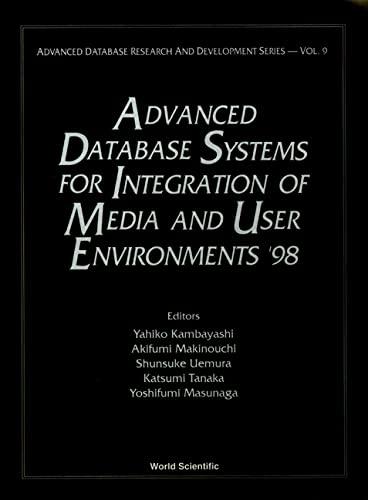Question
This code is in C. #include #include #include #include #include #include // Function ptototypes int readX(); void writeX(int); int main() { int pid; // pid:
This code is in C.


#include
// Function ptototypes int readX(); void writeX(int);
int main() { int pid; // pid: used to keep track of the child process int x = 19530; // x: our value as integer int i; // iterator
// output inital value to the screen printf("x = %d ", x);
// Write x to file ______;
// loop 5 times for( i = 0; i
// flush here so that the stdout buffer doesn't // get printed in both processes fflush(stdout);
// fork child process if (________) { perror("Error with fork"); exit(1); }
// Child waits a second for the parent to go first else if (_____) { _____; }
// Both processes read x from file ______;
// Parent prints parent, and performs subraction if (____) { printf("Parent: "); ____; }
// Child prints child, and performs division else if (____) { printf("Child: "); ____; }
// Both processes output x value and write x to file... printf("x = %d ", x); ______;
// The child terminates if (____) { ____; } }
exit(0); }
/// Returns the value read from .shareX.dat int readX() { char xChar[10]; // xChar: our value as a char int fd; // fd: file descriptor
// open to read and store x if ( (fd = open(".shareX.dat", O_RDONLY )) == -1 ) { perror("Error opening file"); exit(2); }
// read xChar from the file if ( read(fd, xChar, 10) == -1 ) { perror("Error reading file"); exit(3); }
// close file for reading close(fd);
// convert xChar to int and return return atoi(xChar); }
/// Writes the writeX value to the file .shareX.dat void writeX(int writeX) { char xChar[10]; // xChar: our value as a char int fd; // fd: file descriptor int xBytes; // how much to write
// open, clear, and create file if not createdi if ( (fd = open(".shareX.dat", O_CREAT | O_TRUNC | O_WRONLY, 0644 )) == -1 ) { perror("Error opening file"); exit(4); }
// convert x to char xBytes = sprintf(xChar, "%d", writeX);
// put xChar in file if ( write(fd, xChar, xBytes) == -1 ) { perror("Error writing to file"); exit(5); }
// close the file for writing close(fd);
return; }
Implement a program that will communicate the value of an integer x, between processes. You can do this using a file to store the value of x, or you can use shared memory with shmget or mmap. Shared memory is out of the scope of this class, so you will have to teach yourself how to use it, however if you put in the effort to learn, it results in simpler more elegant code. x will start with the value 19530, and you must print that value. Then you will loop 5 times where in each loop: the child goes first and subtracts 5 from x, the parent then divides x by 5, and both processes print who they are and their result of x after the operation. If you use a file and not shared memory, then during each iteration of the loop both processes must get the value of x from the file, and store the resulting value of x to the file. wait() is a required function call, so you will need to create a new process, and terminate it each time through the loop. The following system calls are required for this lab: fork() wait() The following functions may be useful for this lab: open(), read(), write() sleep(): make the process wait for a number of seconds atoi(): converts string to integer sprintf(): can be used to convert integer to string fflush(): forces a file buffer to flush. This is useful to flush stdout before creating a child so you don't have two processes printing the same buffer to the screen. This can sometimes fix strange printing behavior. The following is an example of what you will output to the screen. x = 19530 ITERATION 1 Child: x = 19525 Parent: x = 3905 ITERATION 2 Child : x = 3900 Parent: x = 780 ITERATION 3 Child : x = 775 Parent: x = 155 ITERATION 4 Child: x = 150 Parent: x = 30 ITERATION 5 Child : x = 25 Parent: x = 5 Listing 1: Screen OutputStep by Step Solution
There are 3 Steps involved in it
Step: 1

Get Instant Access to Expert-Tailored Solutions
See step-by-step solutions with expert insights and AI powered tools for academic success
Step: 2

Step: 3

Ace Your Homework with AI
Get the answers you need in no time with our AI-driven, step-by-step assistance
Get Started


